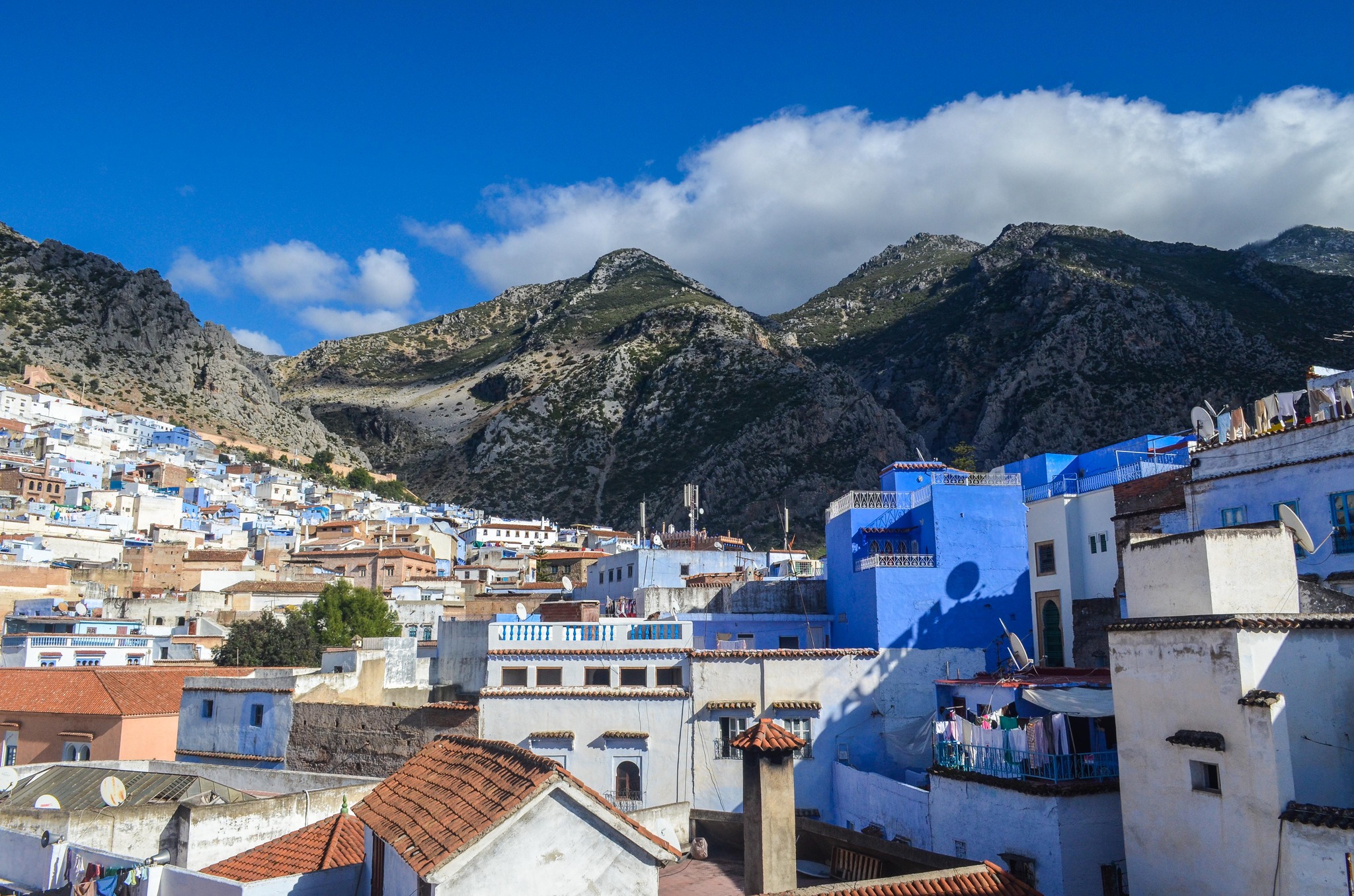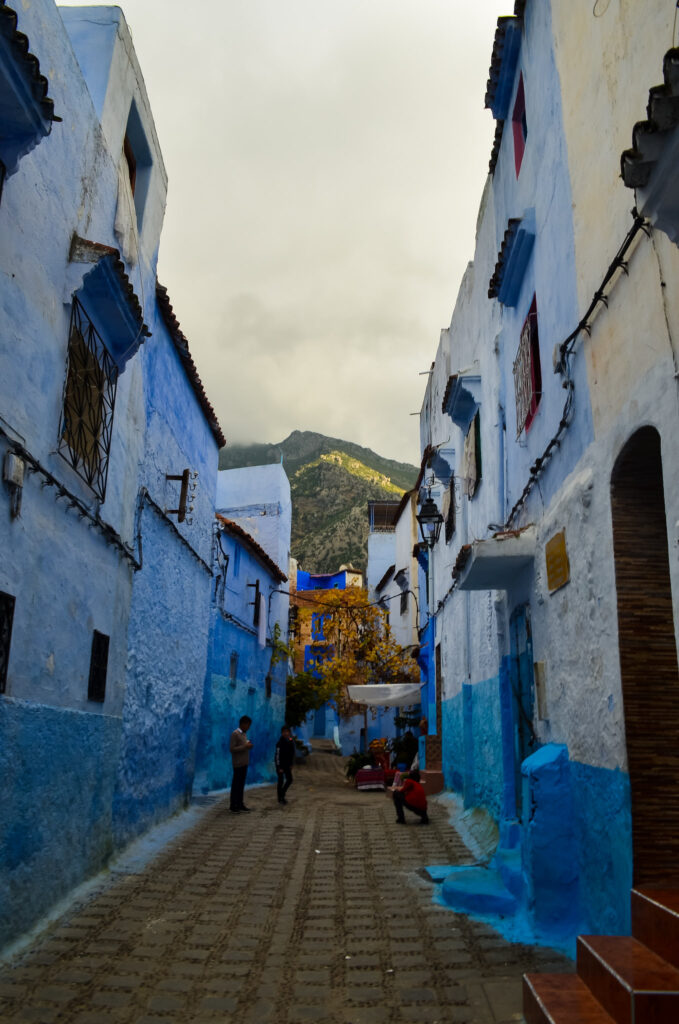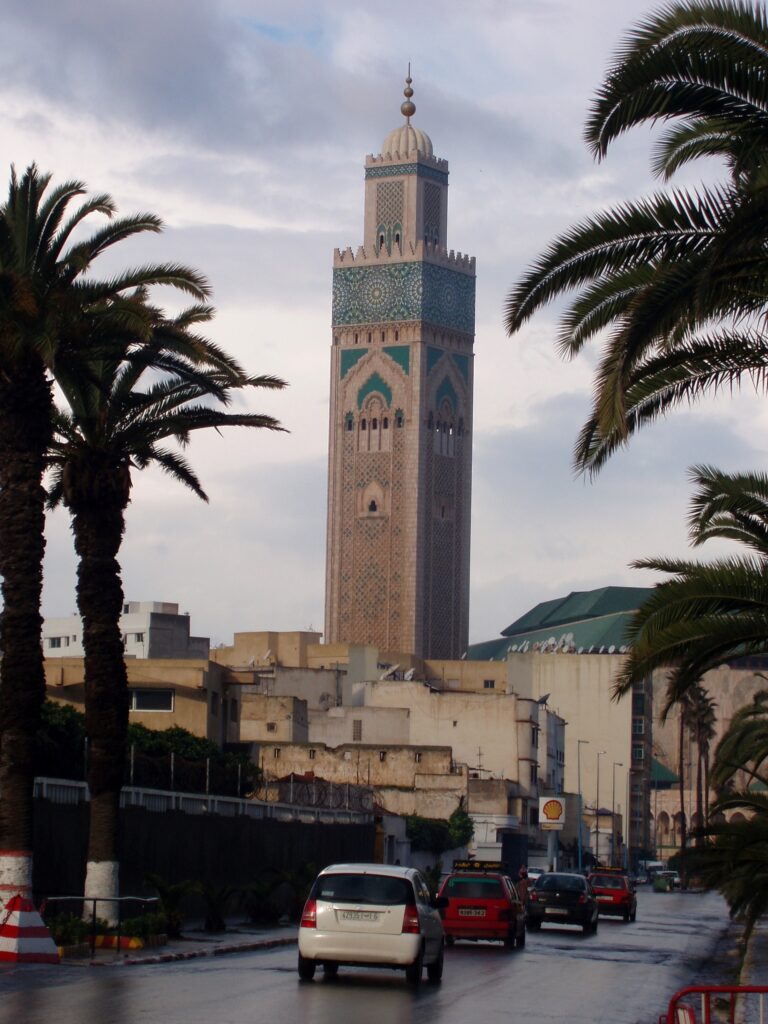
The Best Time to Visit Morocco: A Month-by-Month Guide
Morocco, a country of mesmerizing landscapes, bustling souks, and rich cultural heritage, offers a unique experience to every traveler. However, deciding on the best time to visit Morocco depends on your interests, the regions you plan to explore, and the type of activities you wish to experience. In this comprehensive guide, we provide detailed insights into Morocco’s seasons, weather, and festivals to help you plan your perfect trip.
Understanding Morocco’s Climate and Seasons
Morocco’s diverse geography means its climate varies significantly between regions. From the breezy Atlantic coast to the arid Sahara Desert and the snow-capped Atlas Mountains, the weather changes drastically. Generally, Morocco experiences four distinct seasons:
- Spring (March to May): Mild temperatures, blooming landscapes, and pleasant weather make spring one of the most popular times to visit.
- Summer (June to August): Hot in the interior and desert regions, but the coastal areas remain cooler and more comfortable.
- Autumn (September to November): Similar to spring, autumn brings moderate temperatures and fewer crowds.
- Winter (December to February): Cooler temperatures with snow in the mountains, while the desert remains chilly at night but warm during the day.
The Best Months to Visit Morocco
January and February: A Winter Wonderland
Winter in Morocco brings cooler days and chilly nights, especially in the Atlas Mountains and the Sahara Desert. This is an excellent time for:
- Exploring cities like Marrakech and Fes: The cooler temperatures make wandering through medinas more comfortable.
- Skiing in the Atlas Mountains: Head to Oukaïmeden, Africa’s highest ski resort, for a unique winter experience.
- Visiting the Sahara Desert: Enjoy daytime warmth and breathtaking sunsets without the scorching heat of summer.
March to May: Spring Blossoms and Ideal Weather
Spring is arguably the best time to visit Morocco. The temperatures are mild, and the landscapes are at their most vibrant. Highlights of this season include:
- Hiking in the Atlas Mountains: Snow melts reveal lush greenery, making it perfect for treks.
- Strolling through Marrakech’s gardens: The famous Majorelle Garden is in full bloom.
- Attending festivals: The Rose Festival in the Dades Valley celebrates the harvest of fragrant roses with music, dance, and parades.
June to August: Summer Heat and Coastal Retreats
Summer in Morocco can be intense, particularly in inland cities like Marrakech, Fes, and the desert regions. However, this season is perfect for:
- Beach getaways: Escape the heat along the Atlantic Coast in Essaouira, Agadir, or Casablanca.
- Exploring cooler mountain villages: The High Atlas Mountains and regions like Imlil offer a refreshing escape.
- Enjoying cultural festivals: The Gnaoua World Music Festival in Essaouira draws music enthusiasts from around the globe.
September to November: Autumn’s Golden Charm
Autumn mirrors spring with its pleasant temperatures and quieter tourist spots. This is a great time for:
- Exploring imperial cities: Wander the medinas of Rabat, Meknes, and Fes without the summer crowds.
- Discovering the Sahara Desert: Camel treks and luxury desert camps are comfortable in cooler conditions.
- Enjoying the harvest season: Sample fresh dates, pomegranates, and other local produce at their peak.
December: Festive Spirit and Unique Experiences
December marks the beginning of winter, but it’s still a wonderful time to visit Morocco, especially for:
- Celebrating the holidays: Experience the festive lights and decorations in larger cities.
- Experiencing the Sahara in winter: The desert landscapes take on a mystical charm under the crisp, clear skies.
- Photographing snow-capped peaks: The High Atlas Mountains offer spectacular views, perfect for photographers.


Key Festivals and Events to Plan Your Trip Around
Ramadan
Ramadan, the Islamic holy month, is a significant event in Morocco. While it may affect business hours and dining options, it offers a unique opportunity to experience the country’s spirituality and traditions. The end of Ramadan is marked by Eid al-Fitr, a festive celebration filled with delicious feasts and family gatherings.
Moussem of Tan-Tan
This UNESCO-recognized cultural festival in May or June brings together nomadic tribes to celebrate their heritage with music, dance, and camel races.
Imilchil Marriage Festival
Held in September in the High Atlas Mountains, this festival celebrates traditional Berber customs, including mass weddings and lively festivities.
Tips for Visiting Morocco in Any Season
- Dress appropriately for the weather: Layering is key, especially in winter when temperatures can fluctuate.
- Book accommodations early during peak seasons: Spring and autumn attract the most visitors, so plan ahead.
- Stay hydrated and protect yourself from the sun: Sunscreen, hats, and water are essential, especially during summer or desert trips.
- Be mindful of cultural norms: Morocco is a predominantly Muslim country, so dress modestly and respect local customs.
Conclusion
No matter the time of year, Morocco offers unforgettable experiences. From the vibrant colors of spring to the peaceful charm of winter, every season has its own magic. Plan your visit around your interests and the regions you want to explore for a truly enriching adventure.

